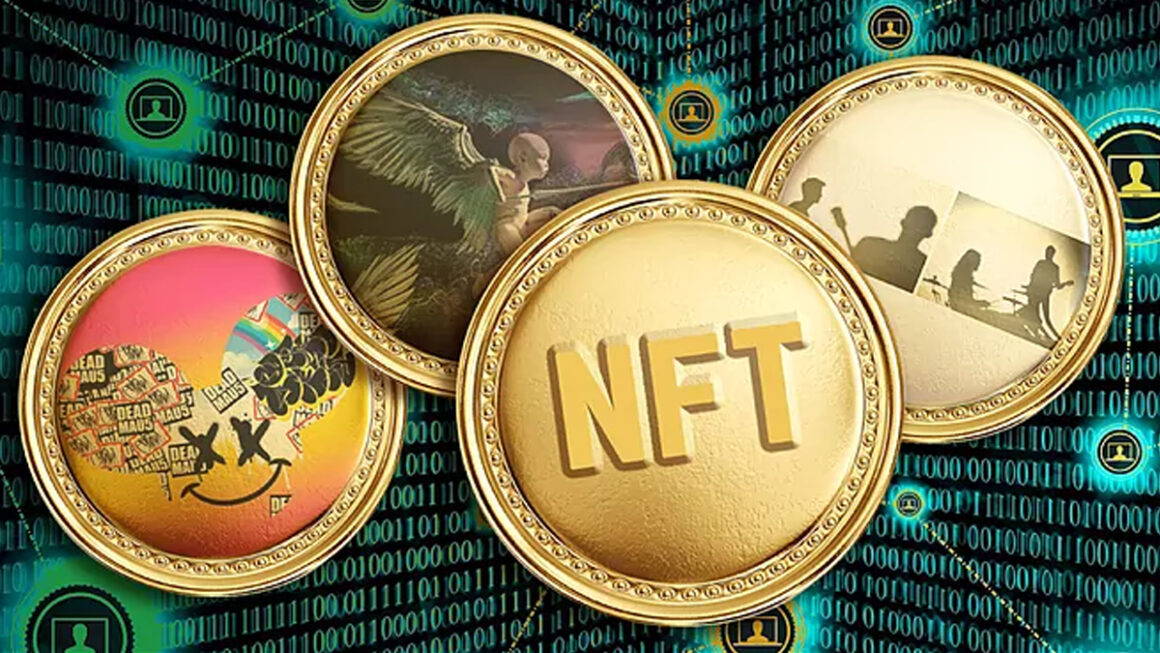
The number of bad actors competing for a piece of the multi-million-dollar pie rises as the NFT community develops. As a result, NFT thefts are growing more expensive. In certain instances, people have lost millions of dollars.
The first thing you should be aware of if you want to start your own NFT collection is rug pulls and scams inside the group. If you’ve successfully safeguarded digital assets and avoided NFT scams, you’ll need to be even more vigilant. Keep in mind that under Web3, third parties will not be able to do anything for you. You must rely on your own research and judgment. Since a consequence, constant monitoring is necessary, as theft may occur even among the most vigilant users.
Let’s take a look at some of the most expensive NFT losses and thefts while keeping this in mind. These encounters can help you understand what went wrong and how to avoid expensive NFT theft in the future.
A Goodbye to Apes
Todd Kramer, the owner of the Chelsea Art Gallery, has had a challenging year to say the least. Ross + Kramer Gallery is operated by Kramer, who had some troubles with some of his own artworks towards the end of 2021. Kramer discovered that some NFTs from his personal collection had been stolen from OpenSea, the world’s largest NFT marketplace, on December 30.
In tweets that were subsequently deleted, he explained what happened. Bored Apes and Mutant Apes, two of the market’s most valuable NFTs, accounted for the bulk of the NFTs. As a consequence of the crime, Kramer suffered a $2.2 million loss.
Kramer requested help from OpenSea right away, and the company quickly froze any platform transactions until Kramer could reclaim his missing monkeys. Many members of the community criticised him for not using a hardware wallet to store such valuable NFTs. Because they are not connected to the internet until they are plugged in, hardware wallets (also known as “cold wallets”) are helpful tools for preventing expensive NFT thefts. As a consequence, they’re harder to break into.
Unfortunately, Kramer was using a hot wallet, which is always connected to the internet. As a result, it is more vulnerable.
Users also slammed OpenSea for participating, stating that NFTs aren’t really decentralized if one company can halt transactions in this way. In response to the criticism, OpenSea released a statement. “Our goal as a blockchain explorer is to provide the most comprehensive view of NFTs across several blockchains.” We don’t have the right to freeze or delist NFTs on these blockchains, but we can prevent anyone from using OpenSea to buy or sell stolen goods. We’ve built security measures and processes to prevent theft on OpenSea since we discovered the issue. “We’re stepping up our efforts in customer service, trust and safety, and site integrity so that we can better protect and empower our users,” they said.
Kramer was returned with the most of his stolen collection, thankfully. This time, perhaps, he’ll keep them in a more secure position.
More OpenSea problems
Unfortunately, just a month after Kramer’s apes were stolen, OpenSea was the victim of yet another high-profile heist. In February, users on the network discovered the trail of a million-dollar crime. To do this, the hacker used a phishing attack, which is one of the oldest tactics in the book.
This happened only one day after OpenSea upgraded its smart contract infrastructure to protect customers against a flaw that enabled attackers to acquire NFTs for a fraction of their market value. This was made possible by a technical flaw that allowed earlier contracts to stay on the blockchain but not be visible in OpenSea. Many of the contracts had been in place for more than a decade. Attackers might bid against such contracts to take advantage of the unusually low, out-of-date prices.
As a result, all OpenSea customers had to migrate their NFT listings to a new smart contract. The hacker used a phishing attempt to take advantage of the relocation.
The hacker was able to persuade 17 individuals to transfer some of their high-value NFTs to his OpenSea account. Among the stolen NFTs were four Azukis, two Coolmans, two Doodles, two KaijuKings, and one Mutant Ape Yacht Club. They quickly sold these NFTs and made over $1.7 million in profit.
The Nifty Gateway has been broken into.
In March, another high-value NFT was stolen, although this time on a different platform. Several Nifty Gateway users stated that their social media profiles had been compromised.
These accounts were used by hackers to purchase and sell NFTs for hundreds of thousands of dollars. What’s the worst of it all? Because the fraudulent transactions were charged to their credit cards, those whose accounts had been hijacked were left carrying the bag. This is due to one of Nifty Gateway’s platform’s unique features: clients may charge purchases to both their credit cards and their crypto wallets.
Despite the fact that Nifty Gateway verified the issue publicly, they blamed it on the users rather than any apparent platform flaws. “None of the impacted users had 2FA (two-factor authentication) configured,” a Nifty Gateway representative told Motherboard. This indicates that hackers used standard phishing tactics to get access to these accounts and were able to do so merely by identifying the passwords of the people who were impacted.
The post Goodbye to an Ape, The Most Costly NFT Robberies of All Time appeared first on NFT News Pro.
